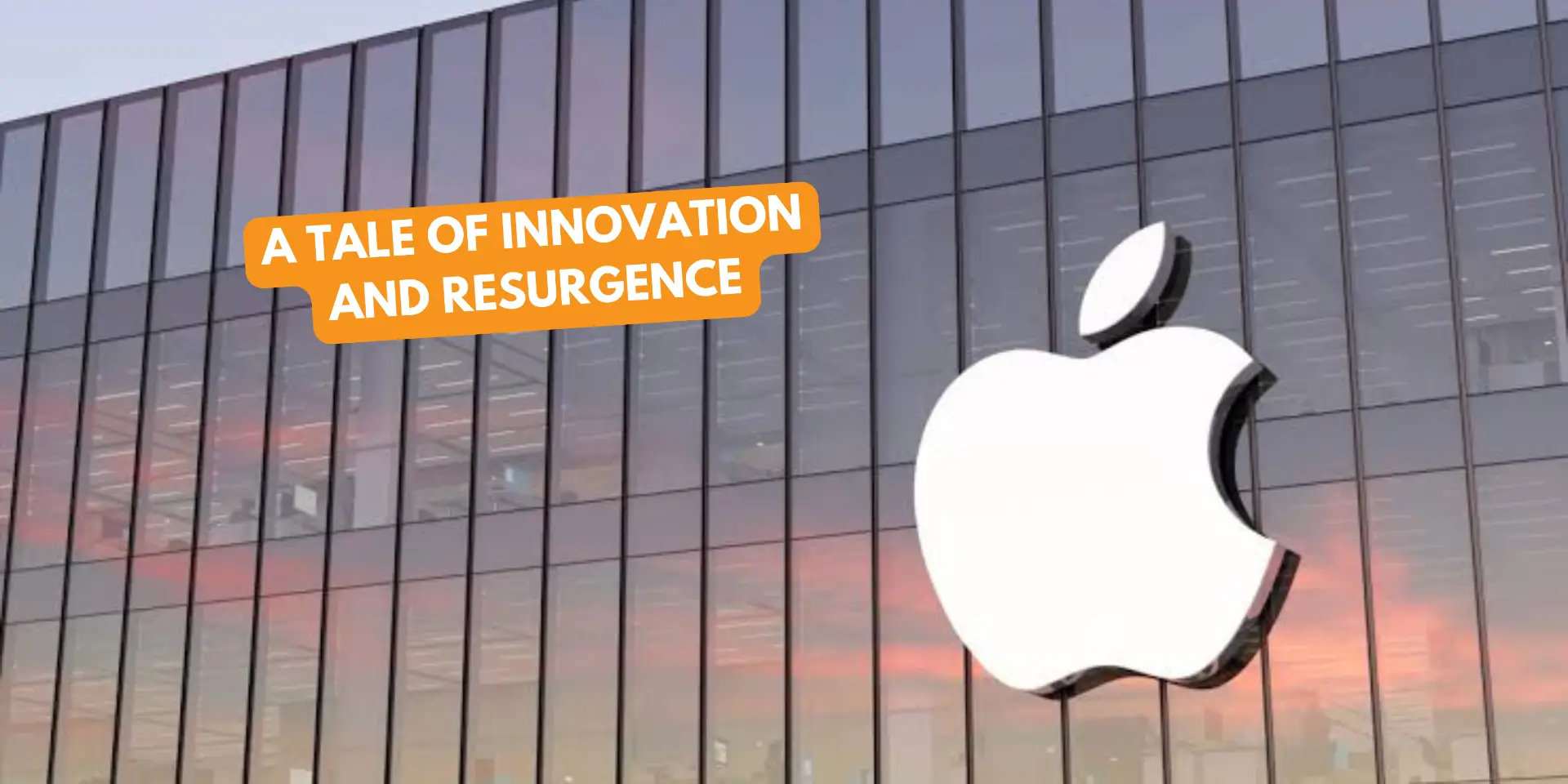Failure in business happens more often than we think. But amidst the decline, there are stories of remarkable resurgence, and Apple’s journey from near-bankruptcy to global dominance is one of the most iconic.
Apple’s rise teaches us how strategic innovation, adaptability, and an unwavering commitment to core values can turn even the most disastrous situation into a triumph.
The Turning Point: “Think Different”
In the late 1990s, Apple found itself in serious trouble, losing $1 billion annually and teetering on the brink of collapse. But everything changed with the 1997 launch of the “Think Different” campaign. This wasn’t just an ad; it was Apple’s declaration of its intent to defy expectations and pave a bold, new path forward. The campaign featured cultural icons like Muhammad Ali, whose statement “Back up, sucker” symbolized Apple’s determination to fight back against the odds.
This campaign was more than a clever slogan—it reflected a fundamental shift in how Apple approached its brand and audience. The lesson here is the power of clear, emotionally resonant messaging that not only repositions a brand, but signals to consumers that something new is on the horizon. When brands take a bold stand like this, they can reignite customer interest and loyalty.
Innovation as a Catalyst
Apple’s resurgence didn’t stop with just a campaign—it was powered by groundbreaking innovations. The introduction of the iMac, with its sleek design and user-friendly interface, was a pivotal moment. But Apple didn’t stop there. Next came the iPod, which revolutionized the music industry, and the iPhone, a product that forever changed the way we use mobile devices.
This is where innovation becomes the heart of a business strategy. Apple’s success hinged on its ability to continuously create products that not only met customer needs, but reshaped entire industries. The takeaway here is that true innovation doesn’t just add value; transforms experiences. Businesses that can make innovation central to their customer journey find themselves building deeper, more meaningful connections with their audience.
Staying True to Core Values
While Apple embraced change, it remained steadfast in its commitment to core values. Steve Jobs’ return to the company brought a renewed focus on these principles, particularly around design, quality, and user experience. Despite venturing into new product categories, Apple never lost sight of its mission: to create products that were simple, intuitive, and beautifully designed.
The takeaway here is that while innovation can drive change, it must be grounded in the brand’s core values. Consistency in these principles ensures that customers continue to recognize and trust the brand, even as it evolves. For any business, this balance between innovation and staying true to core values is crucial for long-term success.
Adapting to Market Dynamics
Apple’s ability to pivot was just as important as its innovations. The tech industry was evolving at a rapid rate, and Apple’s shift from focusing on personal computers to consumer electronics allowed it to stay ahead of the curve. This strategic pivot not only kept the company relevant, but also helped it become a leader in new product categories.
The key insight here is the importance of adaptability. In a fast-paced market, businesses that can anticipate changes and quickly adjust their strategies are the ones that stay ahead of the proverbial pack.. This ability to pivot when necessary keeps brands relevant, even in the face of emerging competition and shifting consumer preferences.
A Legacy of Innovation
Today, Apple stands as a global symbol of innovation, excellence, and brand loyalty. Its products have become an integral part of daily life globally, and its brand commands a level of prestige that few others can match. Apple’s journey from near-bankruptcy to becoming the world’s most valuable company is a testament to the power of visionary thinking, adaptability, and an unwavering commitment to core values.
For businesses looking to follow in Apple’s footsteps, the lesson is clear: Focus on innovation, adapt to the market, and stay true to what makes your brand unique. By doing so, any business can build its own legacy of success.
Share your thoughts and keep following Heigh10 for more insights on market trends and strategic learnings! To know more contact us now!


